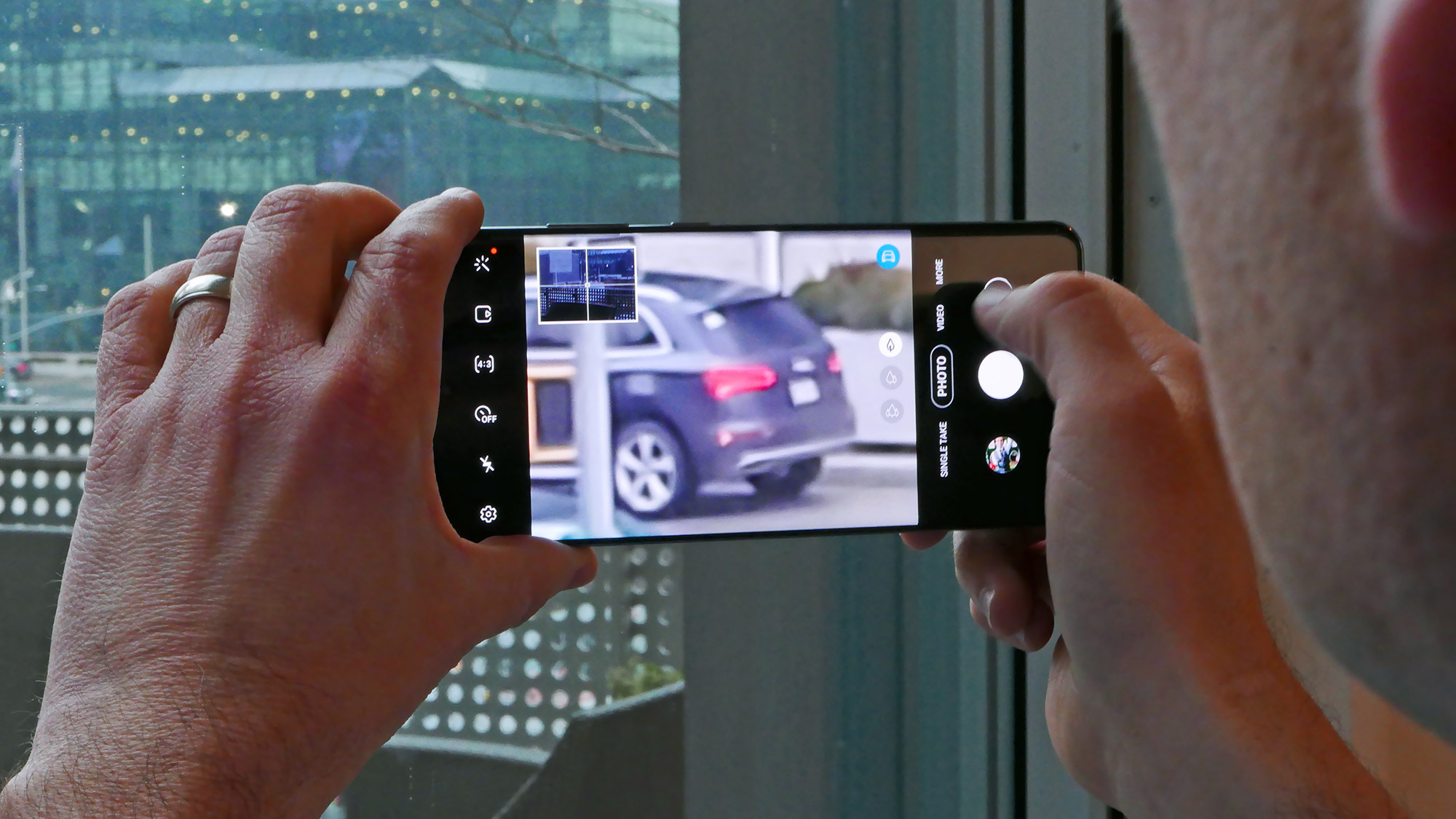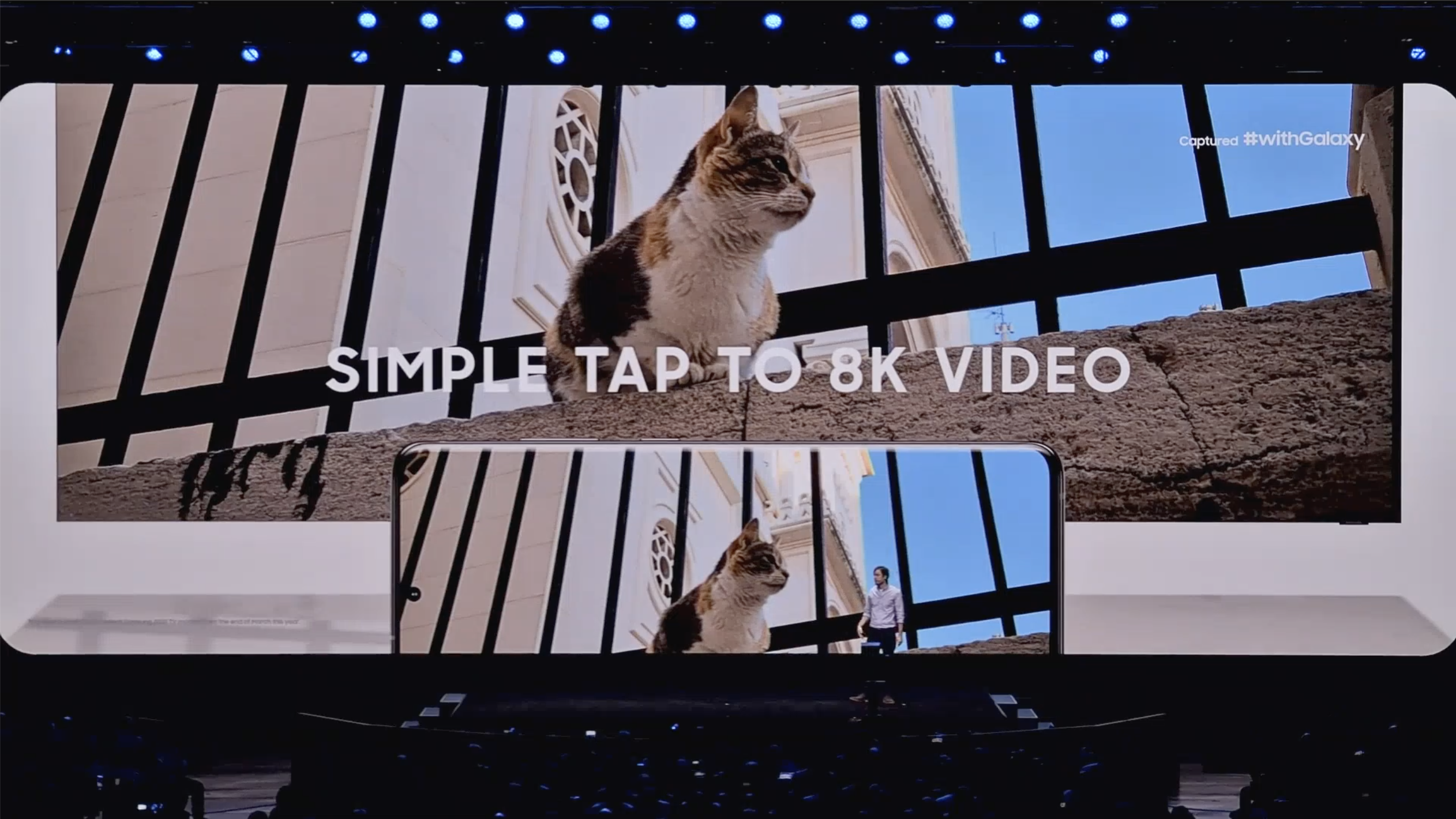Samsung Galaxy S20 Ultra camera sets the standard for iPhone and Pixel to beat

Samsung has always taken photography very seriously on its smartphones, and the Galaxy S20 series is no different. However, the Galaxy S20 Ultra goes the extra mile by packing in four cameras, including a 108-megapixel main camera and a 48-MP telephoto capable of 10x lossless zoom.
On paper, the $1,399 S20 Ultra represents the zenith of Samsung's mobile photography prowess, and it should set a new standard for the best camera phones, putting the iPhone 11 Pro and Pixel 4 on notice. Here are four ways in which the S20 Ultra could redefine flagship smartphone cameras in 2020.
- Samsung Galaxy S20 Ultra review: Is it worth $1,400?
- Best camera phones
Galaxy S20 Ultra has a seriously powerful zoom

It's rather common to see 2x or 3x optical zoom telephoto lenses on many premium smartphones these days. And while the standard Galaxy S20 and Samsung Galaxy S20 Plus employ 3x "optical" zoom via cropping, the 48-MP shooter in the S20 Ultra is a different breed entirely.
For starters, it uses a prism system to achieve the space necessary for that kind of power. What's more, it can achieve 10x "lossless" hybrid zoom through a combination of hardware and intelligent software that can cut through the blurriness and noise that typically plagues pure digital zoom.
Amazingly, though, the S20 Ultra can keep zooming, even past 10x. You can opt for 30x digital zoom, which we found to be the sweet spot in terms of the trade off between detail and power in our hands-on time with the phone. The S20 Ultra's Space Zoom lens will continue all the way up to 100x if you like, which is indeed impressive, but also extremely difficult to shoot in a steady fashion (and the results it yields are far from the clearest).
Still, even having the option to cut in that close is more than you get from most phones, and figures to be an extremely useful asset to mobile photographers working from a distance.
108 megapixels (and new tech to merge them all)

The Isocell Bright HMX sensor inside the Samsung Galaxy S20 Ultra can capture a remarkable level of detail, far exceeding what we've observed from any other smartphone to date. Rated at 108 megapixels and with a 1/1.33-inch size, it's also quite large compared to most mobile imaging sensors, which means it can draw in more light. And more light hitting the sensor means better photos.
Get instant access to breaking news, the hottest reviews, great deals and helpful tips.
With all those megapixels at its disposal, the Isocell Bright HMX can bin them together to create fewer — albeit bigger — sensor pixels. But while many phones can pull off quad-pixel binning, the S20 Ultra's sensor collects such a wealth of data that it actually has the ability to meld nine pixels into one, for highly-optimized shots in even the most challenging low-light scenarios.
The result? We expect astonishing detail in the light and excellent visibility in the dark when shooting with the Galaxy S20 Ultra.
Single Take gets the best shot (or GIF) every time

As phone makers have added progressively more and more camera lenses to smartphones, users have been able to capture perspectives never before possible — from vast landscapes to richly detailed macro shots. On the flip side, the excess of optics has made using smartphone cameras quite complicated, and software hasn't exactly risen to the challenge. It's not unusual to have to cycle through a litany of shooting modes just to get to the one you want, and when you're pressed for time, or have an extremely small window in which you can capture the moment, that can be incredibly frustrating.
Enter Single Take, a new mode Samsung is introducing with the S20 series. (It's also featured with the foldable Samsung Galaxy Z Flip that's now shipping.) Single Take captures a variety of content using the phones' myriad sensors, then allows you to choose the ones you want to keep.
With just one press of the shutter, you'll see several different images — a standard wide shot, another ultrawide picture, one with partial color and perhaps another with a blurred background — alongside short motion GIFs and slow-motion videos. Select what you want to save, and dump the rest.
Instead of having to repeatedly take the same picture or record the same video multiple times just to immortalize the moment several different ways, Single Take is instantaneous, and frees you of the tedium you've come to expect from modern smartphone cameras.
8K video is unlike anything before

Lots of smartphones can record 4K video these days, and the most powerful ones can even pull off 4K at 60 frames per second. But 8K is still a pipedream for many device makers, because you need massive imaging sensors with astronomical megapixel counts to pull it off — not to mention gobs of processing power.
Thankfully, with the aforementioned 108-MP Isocell Bright HMX sensor and the Snapdragon 865 chipset, the S20 Ultra has all the necessary gear required to produce videos with more detail than you've ever seen before from a smartphone. The question then becomes how to view all that detail, as 8K TVs and monitors are still quite rare, and 4K has only recently become the new standard in the market. Still, the S20 Ultra's imaging stack is so advanced compared to the competition that it should be future-proof for years to come.
Adam Ismail is a staff writer at Jalopnik and previously worked on Tom's Guide covering smartphones, car tech and gaming. His love for all things mobile began with the original Motorola Droid; since then he’s owned a variety of Android and iOS-powered handsets, refusing to stay loyal to one platform. His work has also appeared on Digital Trends and GTPlanet. When he’s not fiddling with the latest devices, he’s at an indie pop show, recording a podcast or playing Sega Dreamcast.
